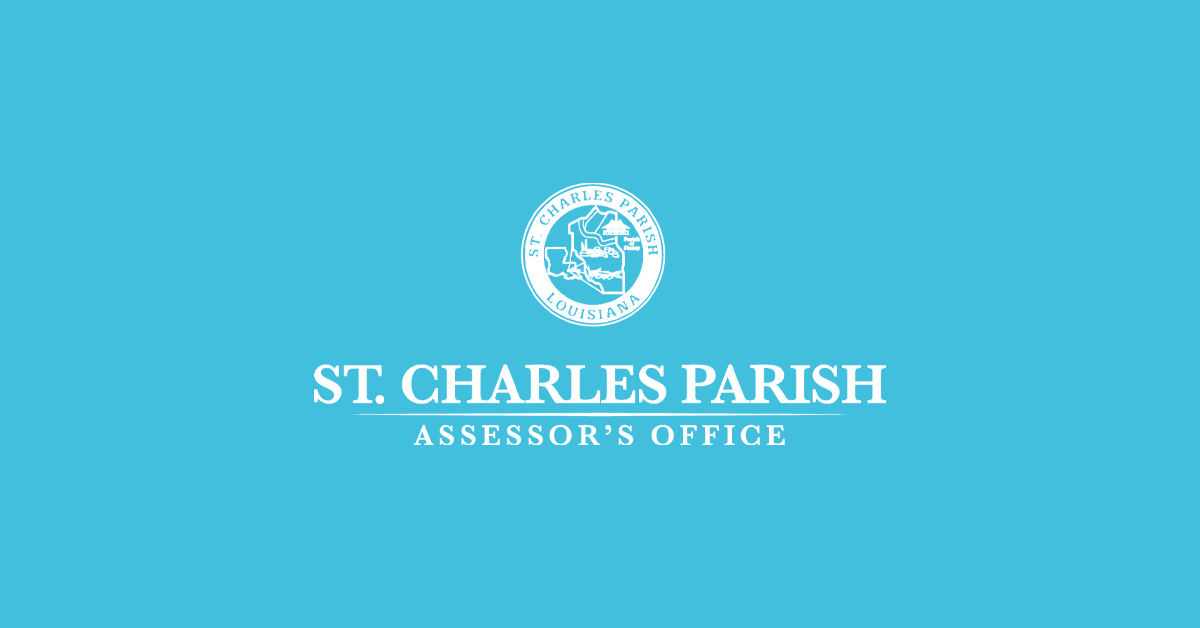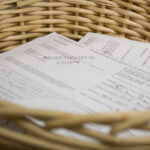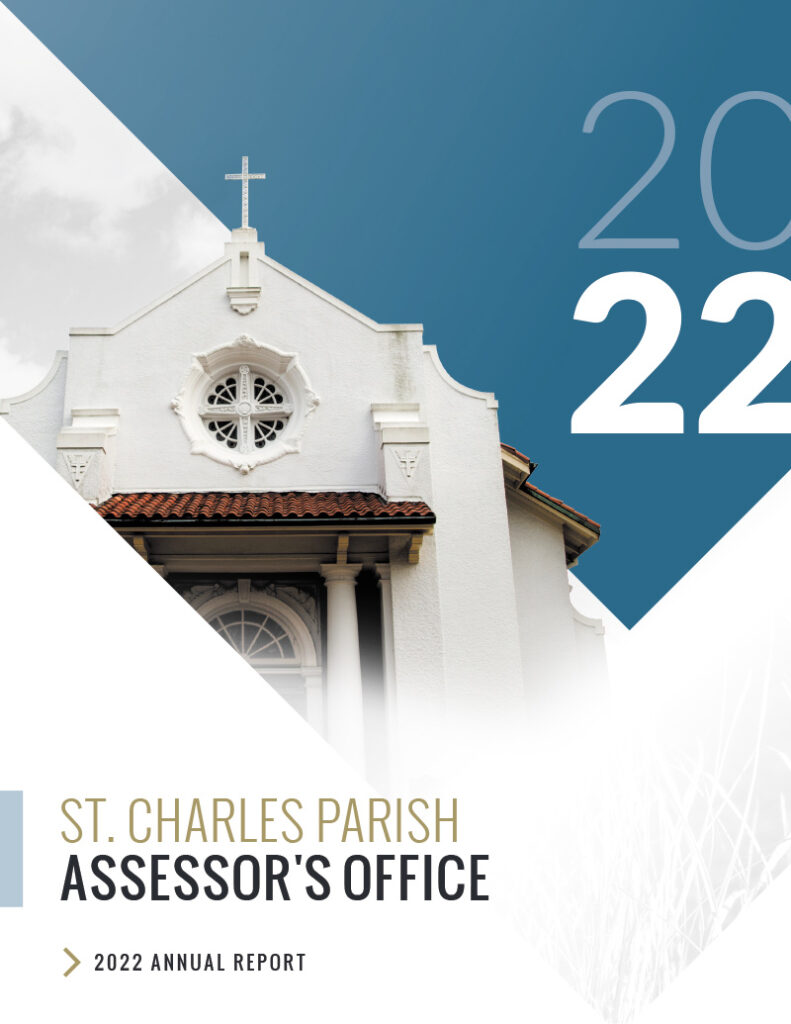An assessor can determine the Fair Market Value of a home or other property in THREE ways.
But first, the office needs to gather data. The assessor’s office maintains overall records of real estate transactions, property characteristics, going construction rates, and changes in zoning and financing. In short, it keeps track of any economic conditions that may affect property values.
Here are examples of information possibly needed on individual properties:
- The recent sale prices of similar properties.
- The current replacement cost.
- The funds needed to operate and maintain the property.
- The amount of rental income the property could generate.
- And other data, such as the current interest rate for borrowing funds to buy or build similar properties.
With these facts, the assessor’s office can estimate a property’s Fair Market Value following professional appraisal practices and standards. With more than 17,000 properties to be appraised, the assessor’s office uses statistical data models to value properties using a “mass appraisal system.”
Here are the three methods used to find Fair Market Value:
- SALES METHOD: This method is based on a well-known premise – comparing a given property to similar recently sold properties. While this method may sound simple, the data must be carefully analyzed. For example, one property may have sold for more than its worth because the buyer was in a hurry and would pay any price. Another may have sold for less than its worth because the owner needed cash immediately and was willing to take the first offer. The assessor always considers overpricing and underpricing to provide fair valuations.
- COST METHOD: This method looks at how much money it would take to replace a given property at current material and labor costs. If a property is not new, the assessor also figures in depreciation.
- INCOME METHOD: This method evaluates how much income a property would produce if it were rented – as a store, apartment, or factory. The assessor considers operating expenses, taxes, insurance, maintenance costs, and the expected return on investment.
Estimating these Fair Market Values is the main focus of the assessor’s office. It’s all done so St. Charles Parish residents can enjoy the benefit of award-winning schools, excellent fire and police protection, drainage, and other public benefits – through property taxes. The amount of tax due on a property is “ad valorem” – or “according to value.” Property taxes are applied to these values. And these valuations are redone at least every four years for residential properties, as state law provides – in a process called “reassessment.”
Fair market value is defined by LA Revised Statute § 47: 2321 as follows:
“Fair Market Value is the price for a property which would be agreed upon between a willing and informed buyer and a willing and informed seller under the usual and ordinary circumstances; it shall be the highest price estimated in terms of money which property will bring if exposed for sale on the open market with reasonable time allowed to find a purchaser who is buying with knowledge of all the uses and purposes to which the property is best adapted and for which it can be legally used.”









